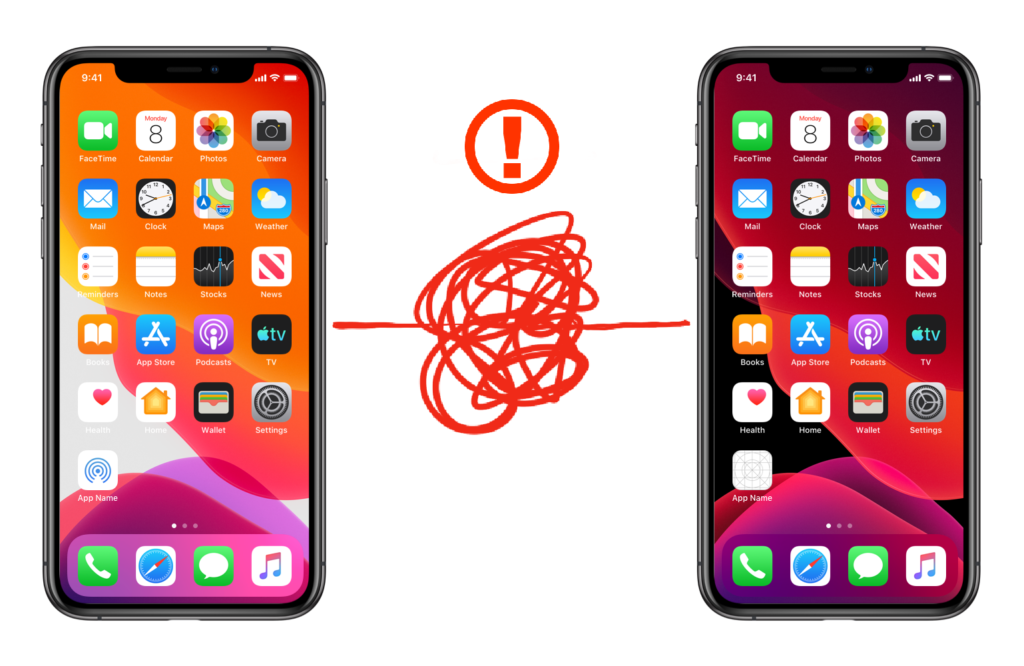
Imagine your sister just had a beautiful baby boy. Now imagine being awoken at 5am a few days later by a text from your sister that said only “omg”.
That is the position Stephanie Bovee found herself in in the early hours of Thursday, November 7. Fearing the worst, Stephanie began frantically calling anyone who might have more information about what could have happened.
A couple hours and raised pulses later they found their answer: Stephanie’s sister had originally sent that text back in the spring—it just hadn’t been delivered until that morning.
In fact, Stephanie’s text was one of many other rogue texts that had been spontaneously delivered around the same time. Most of these texts had also originally been sent months before but remained trapped in text message limbo until last Thursday morning. While a lot of these delayed texts were harmless, some texts, like the one Stephanie received, were a source of intense confusion and distress.
The Associated Press reported that mobile carriers have mostly been tight-lipped about any specific explanations for the belatedly delivered texts. Sometimes their own maintenance issues are blamed; other times third-party vendor issues are cited as possible causes.
But whatever the underlying technical cause may have been, it is more important to focus on the fact that these texts were delayed for months and neither the sender nor the recipient had any idea they were undelivered.
This inspired us to ask: how could some of this confusion have been prevented?
The Importance of Feedback
Feedback is a crucial component in UX/UI design for a reason–it is important for us as humans to know whether or not our actions were successful. And if they weren’t successful, that is something we need to know as well (ideally alongside some useful direction on what we might do instead.)
When we successfully send a text on our phones, we receive all kinds of useful feedback letting us know that our message has been sent. When the send button is pressed, the text message leaves the text area and becomes a new text bubble in the existing text chain. There may even be a “Sending” progress bar at the top of the messaging window that disappears when the text finishes sending. Depending on your make and model of phone, you may also see a “Delivered” note appear underneath your sent texts. If your phone isn’t silenced, most phones issue a little confirmation chime when the text has been sent.
In the absence of any obvious “Message Failed to Send” notifications or icons, most people reasonably assume that if a text appears to have been sent it was delivered successfully to its recipient.
The crux of the matter is that the UI of text messaging apps is primarily designed under the assumption that sent texts will either succeed or fail more or less instantaneously; this third option of a delayed send is rarely, if ever, considered.
Possible Solutions
Without knowing the true source of the technical issue, let’s assume that there was a way for phones or mobile carriers to recognize when texts are sent but get stuck in transit before they’re delivered.
Both the sender and the recipient would benefit from feedback specific to their roles in the exchange: the sender by receiving notice when they have undelivered texts and the recipient by receiving notice when a newly received text was being delivered significantly later than when it was sent.
For the sender, perhaps the most effective way to close the feedback loop is a sticky error message. The Nielsen Norman Group has maintained the definitive criteria for a good error message for more than 20 years. To paraphrase, a good error message:
- Explicitly indicates that something has gone wrong in a visible and highly noticeable way.
- Describes the issue in precise, polite, human-readable language.
- Offers constructive advice on how to resolve the issue.
With these criteria in mind, a combination of a traditional push notification and a sticky banner at the top of the text message chain could solve this issue. A short, descriptive error message such as “You have X unsent texts to [person]. View now to delete or send.” could cover all of the bases.
The push notification alerts the sender that they have unsent texts and offers them a way to link directly to the issue to resolve it. The sticky banner at the top of the text chain would be present even if the sender missed the push notification and would require specific user action to clear.
As for the recipient of a late text, the primary issue is that the timestamps show when they were delivered instead of when they were originally sent. One relatively easy fix would be to include a short message either above or below the late text noting the original sent time/date stamp if the message is more than 24 hours old.
Implementing these relatively minor UI updates would mean that a lot of confusion and stress can be avoided if technical issues recur somewhere down the road.
What are some other potential fixes you can think of that would address this issue? Reach out to us on Facebook and Twitter and let us know!

